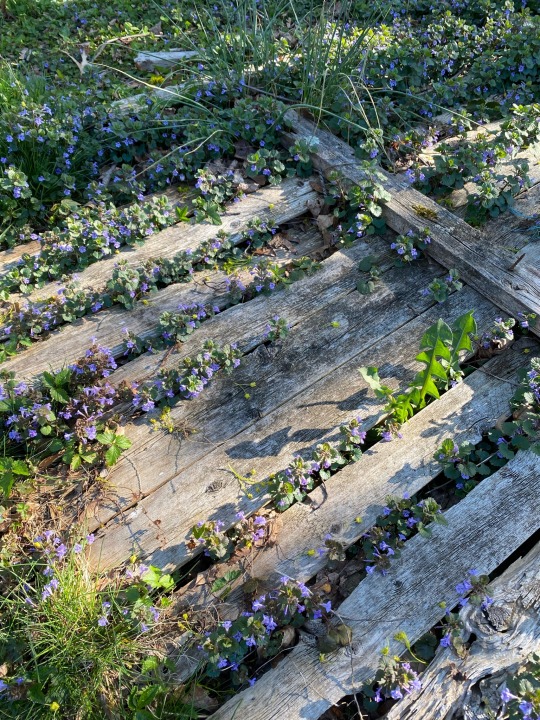#ground ivy
Text
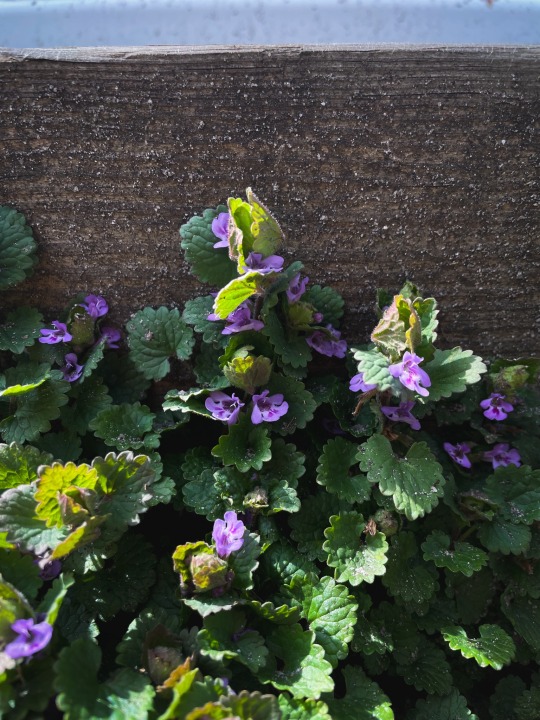
Ground ivy is another invasive edible commonly found in lawns and fields.
It was historically used when brewing beer (before hops, or when hops were unavailable), for clarity and to add an earthy, floral flavor.
This isn’t one I’d put in a salad – as a member of the mint family (lamiaceae), it has an aromatic flavor that I find similar to sage and rosemary. I use it mostly as a spice for that reason, but you can also use it to make tea. It blends well with mountain mint, lavender, and apple blossom.
#plants#foraging#ground ivy#glechoma hederacea#creeping charlie#invasive plants#edible plants#my photos
33 notes
·
View notes
Text

Ground ivy page in my journal ✨️
https://linktr.ee/larcher
20 notes
·
View notes
Text
How to Identify Red Deadnettle
Originally posted on my website at https://rebeccalexa.com/how-to-identify-red-deadnettle/
Name: Red Deadnettle (Lamium purpureum)
Range and typical habitat(s): Native to large areas of Europe and Asia. Introduced invasive in United States, New Zealand, and scattered areas of South America

Distinguishing physical characteristics (size, colors, overall shapes, detail shapes): Keep your eyes on lawns, gardens, roadsides, and other sunny areas this spring, and you may very well see the green and purple foliage of red deadnettle.
These heart-shaped leaves with softly serrated edges are covered in fine hairs. Leaves near the top of the slender, square-shaped stem are more of a reddish purple hue, while lower, larger leaves are a medium green. The leaves rarely exceed an inch and a half in length, and are attached to the stem with a slender stalk. Each leaf has palmate veins–several primary veins all starting near the stem–branching off multiple times into a reticulated network of smaller veins.

At the top of the stem, which may be almost a foot long in extraordinary specimens, you may find tiny pinkish purple trumpet-shaped flowers. A close look reveals one large petal at the top, two smaller ones at the bottom, and sometimes a few tiny ones in the space in between. While flowers are easily in evidence this time of year, red deadnettle may flower in other seasons if conditions are favorable. As it is an annual, it will die back in fall, but new generations are quick to germinate before winter sets in. For those wishing to remove it from their gardens, the shallow root systems mean that it is easy to pull up, especially in wet soil.
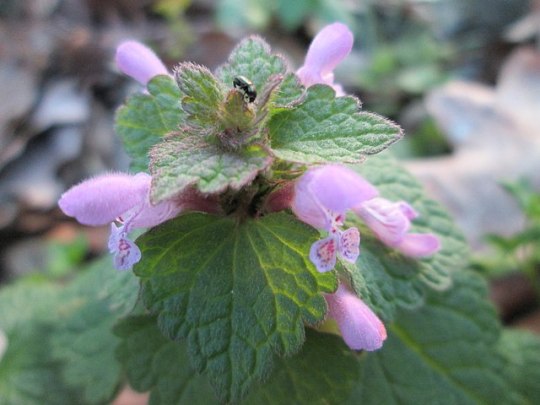
Red deadnettle is a member of the mint family (Lamiaceae). While it resembles a very tiny stinging nettle (Urtica spp.), its tiny hairs do not cause irritation, hence being described as “dead”. Other common names for this plant include purple deadnettle and purple archangel.
Other organisms it could be confused with and how to tell the difference: Purple henbit (Lamium amplexicale) is the most common lookalike for red deadnettle. They inhabit the same habitat types and are of similar size and colors. Upon closer inspection, the leaves are a good way to tell the difference. Henbit leaves are more rounded in shape with a scalloped, rather than serrated, edge. In fact, they almost give the impression of one large round leaf surrounding the square stem, especially near the top. The upper leaves have no stalks, while lower leaves have short stalks. While henbit has similar flowers, they are longer than those of deadnettle.

Note how henbit’s leaves and flowers are shaped and arranged differently than deadnettle’s.
Ground ivy (Glechoma hederacea) is similar to purple henbit, but the rounded, scalloped leaves are often a darker green on a green to dark red stem. Also, all the leaves have a small stem. It is easily differentiated from deadnettle by its flowers, which although being of a similar shaped are blue to purple in color. Ground ivy is also more shade-tolerant than deadnettle. As with the others, it is a European plant that has become invasive in North America.
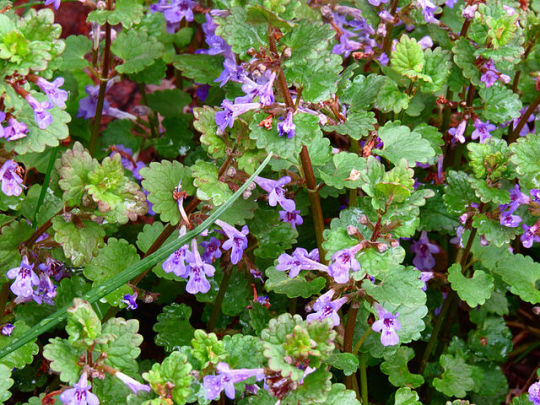
Yellow archangel (Lamium galeobdolon) is yet another European wildflower that has taken root in North America and New Zealand, and to a lesser degree in South America. Its size is the most obvious way to differentiate it from red deadnettle and the rest; it grows on a single stalk that may be over thirty inches tall. The serrated, oval leaves and the yellow flowers are also larger than those of deadnettle, and there is no reddish tint to the foliage.
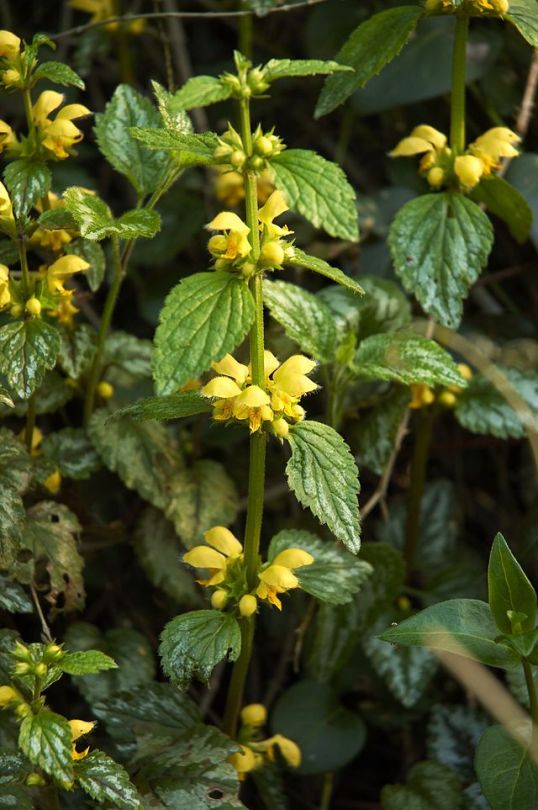
The stinging nettles (Urtica spp.) can similarly be differentiated from red dead nettle by size. Particularly tall specimens may reach seven feet high, and the green, heart-shaped leaves can be up to six inches long. The leave margins are more sharply serrated and the end is pointier. And, as the name suggests, the leaves and stems have hairs that inject irritating chemicals into the skin.
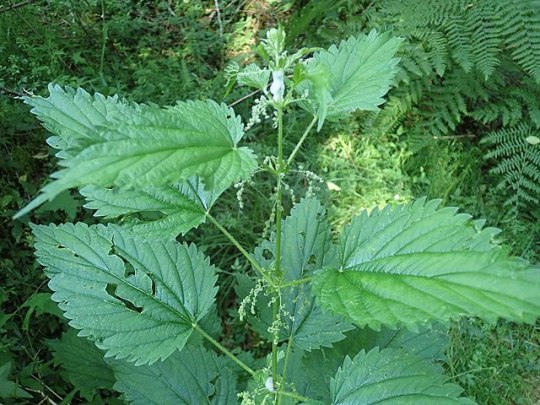
Anything else worth mentioning? Red deadnettle is a beginner-friendly edible plant for foraging. Henbit is the plant it’s most likely to be confused with, and it is also edible. People most commonly eat the young leaves and flowers at the top of the plant; they may be eaten raw or cooked. Because it is an invasive species, you are encouraged to pick the whole plant before it goes to seed, eat what you want of it, and compost the rest.
Further Reading:
Red Dead-Nettle
Lawn and Turfgrass Weeds: Dead Nettle
Dead Nettle, Henbit, and Ground Ivy – Three Look-Alike Weeds
Dead Nettle, an Overlooked yet Valuable Wild Edible
Did you enjoy this post? Consider taking one of my online foraging and natural history classes or hiring me for a guided nature tour, checking out my other articles, or picking up a paperback or ebook I’ve written! You can even buy me a coffee here!
#red deadnettle#red dead nettle#mint family#edible wild plants#edible plants#foraging#herbs#herbalism#nettles#botany#plants#wild foods#weeds#invasive species#red henbit#yellow archangel#ground ivy#stinging nettle
87 notes
·
View notes
Text

Miso Tahini Noodle Soup with Foraged Greens & Magnolia (Vegan)
#vegan#lunch#dinner#soups#magnolia#edible flowers#noodles#miso#tahini#wild food#dandelion greens#wild garlic#garlic mustard#ground ivy#💚#💗
11 notes
·
View notes
Text
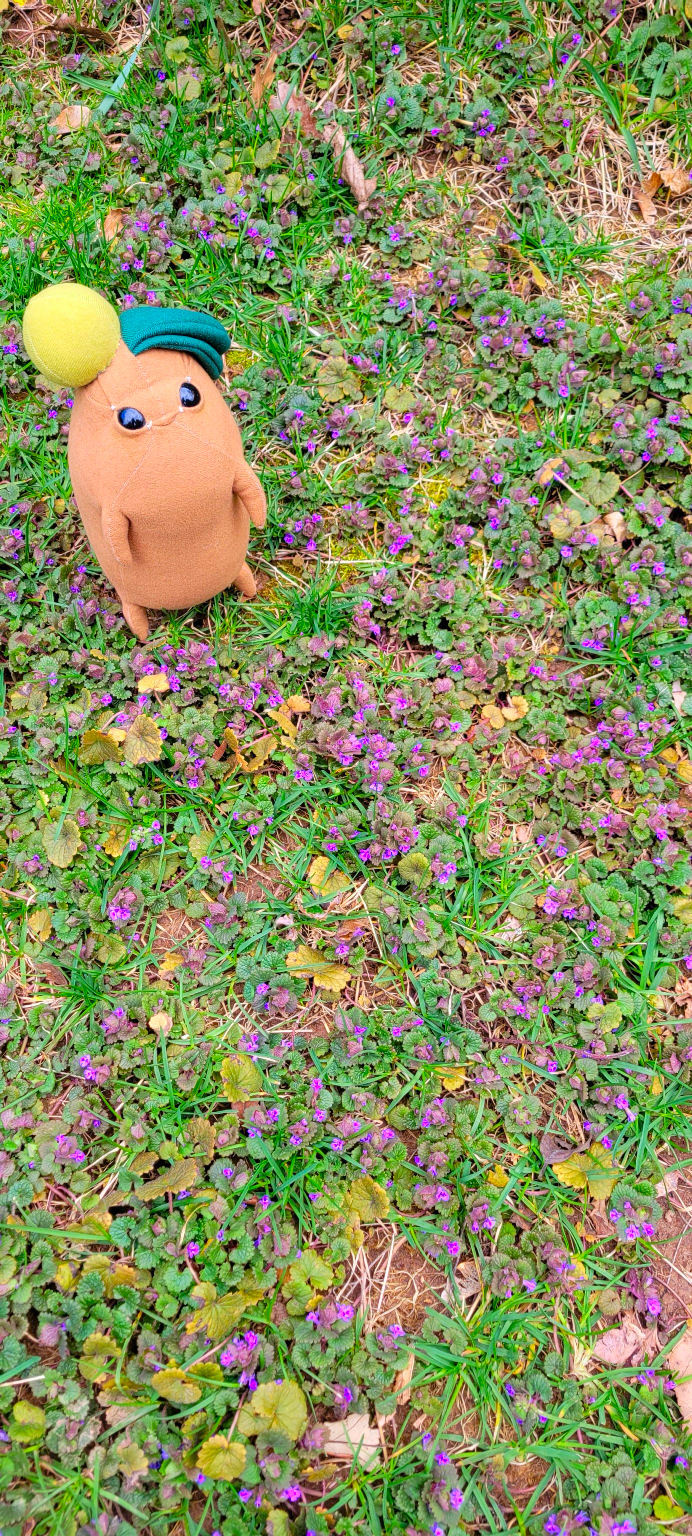
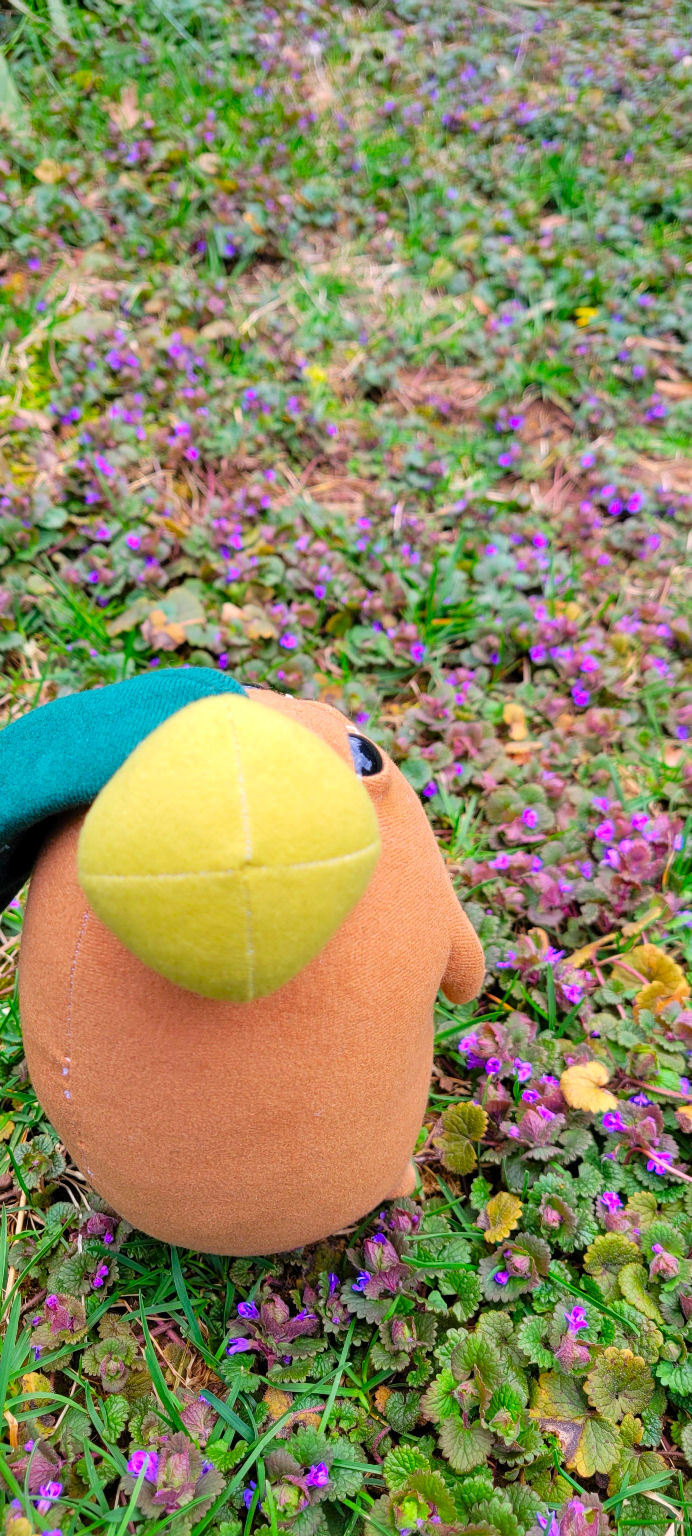
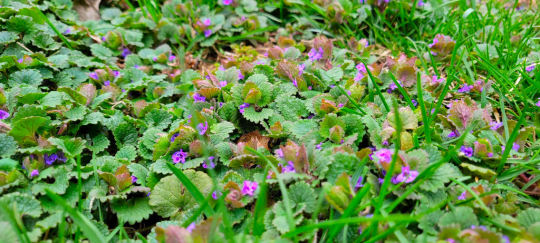
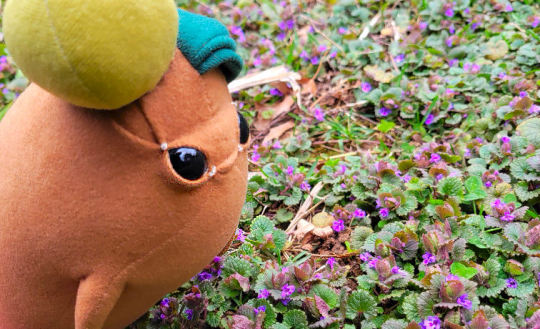
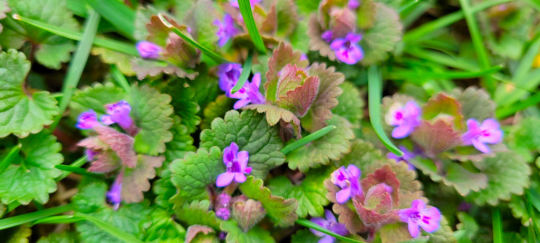
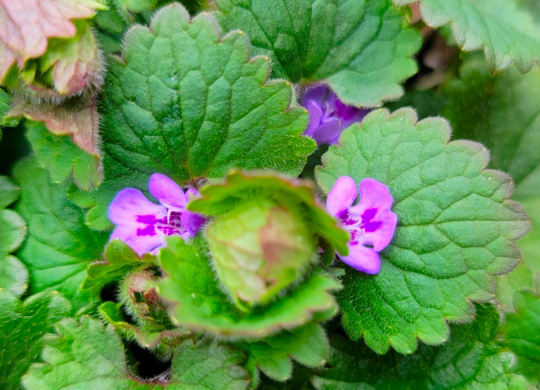

Ground ivy (Glechoma hederacea) is... well... a weed. It's a fast-growing, creeping, ground-covering, grass smothering weed. You wouldn't know it, though, by how much Morley dotes on it. As a lover of purple flowers, she always thinks it's wonderful to see a sea of wee purple blossoms covering the ground. She was out today telling it that it was doing a great job. I won't tell her that it's ruining my lawn, or that it's exhausting to go around and pull it up, only to have it all grow back within a couple weeks. She appreciates it too much for me to burst her purple-loving bubble. XD
14 notes
·
View notes
Text
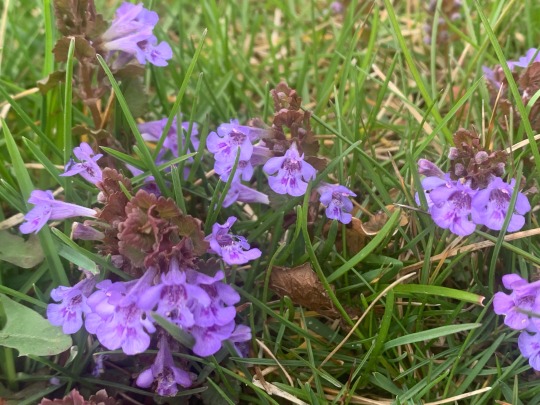



Pics of spring flowers on my walk to school 🌸🌷🌼🙂
#my photos#mine#flowers#flowercore#ground ivy#henbit#pear blossoms#daffodils#spring flowers#springcore#April#spring
3 notes
·
View notes
Text

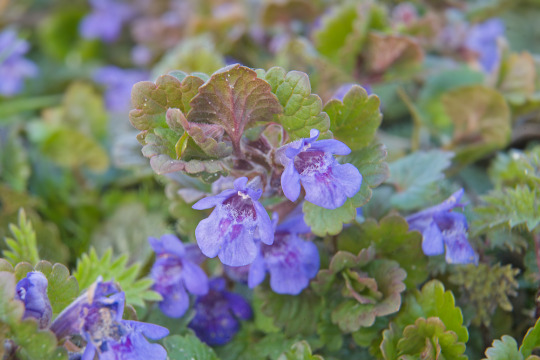
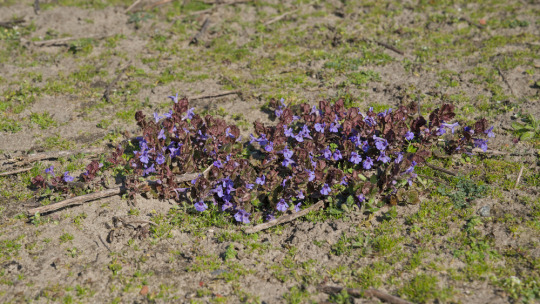
Ground ivy
#ground ivy#flowers#wildflowers#photography#a game of tones#colors of nature#i have this thing with flowers#original photographers#photographers on tumblr#lensblr#original photography#pws#nature
14 notes
·
View notes
Text




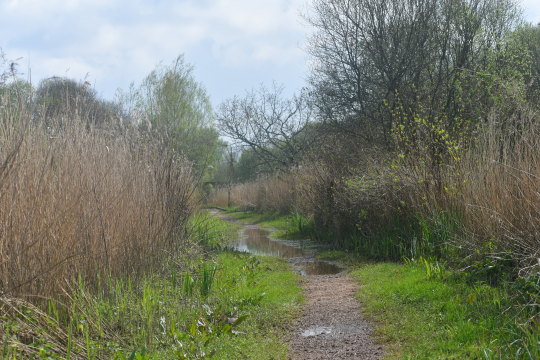

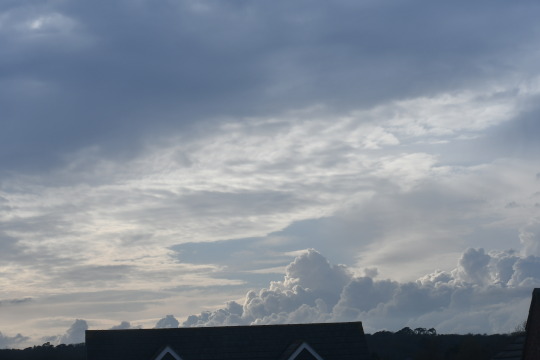

31/03/2024-Cetti's Warbler at Fishlake Meadows, views at Fishlake Meadows and Lakeside Country Park on great time spent outside at both, crane fly at Fishlake Meadows, honesty at Lakeside, sky at home and Woodpigeon at at home.
It was also great to see Marsh Harrier, Red Kite, Buzzard, Sparrowhawk for a third day running, Treecreeper, Wren, Blackcap, Chiffchaffs, Reed Bunting, Stonechat, Teal, ladybird, wood anemone, ground ivy and white deadnettle at Fishlake Meadows; Moorhen, Great Spotted Woodpecker, Green Woodpecker heard, Goldfinch, green alkanet and my first ever cuckoo-pint flower at Lakeside and Lesser Black-backed Gull and Goldfinch at home.
#cuckoo-pint#cetti's warbler#wren#treecreeper#fishlake meadows#lakeside country park#reed bunting#stonechat#hampshire#photography#outside#birdwatching#ground ivy#flowers#england#europe#uk#earth#nature#easter weekend#easter sunday#outdoors#white deadnettle#buzzard#goldfinch#ladybird#lesser black-backed gull
2 notes
·
View notes
Text
Foraging Today [21 March 2024]


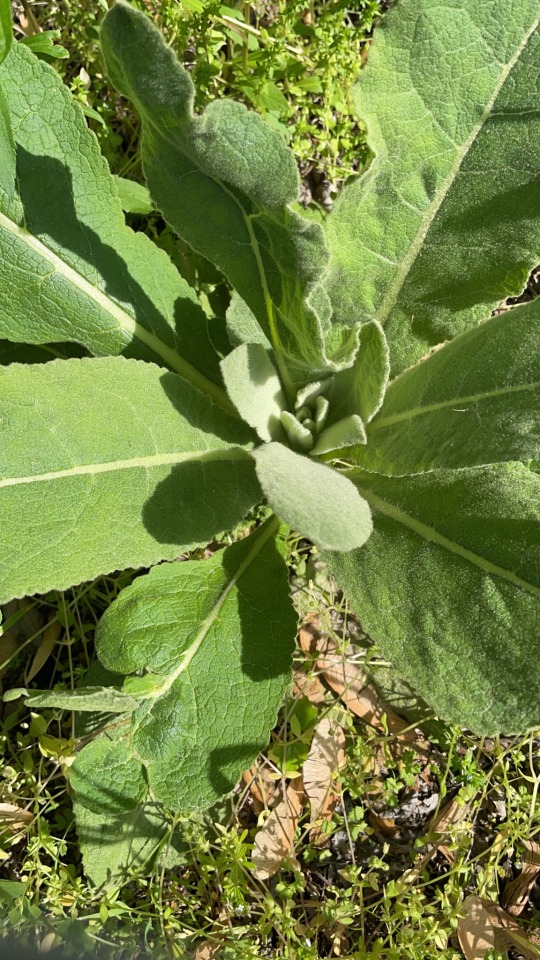
Common Ground-Ivy (Glechoma hederacea)
Rough Horsetail (Equisetum hyemale)
Mullein (Verbascum thapsus)


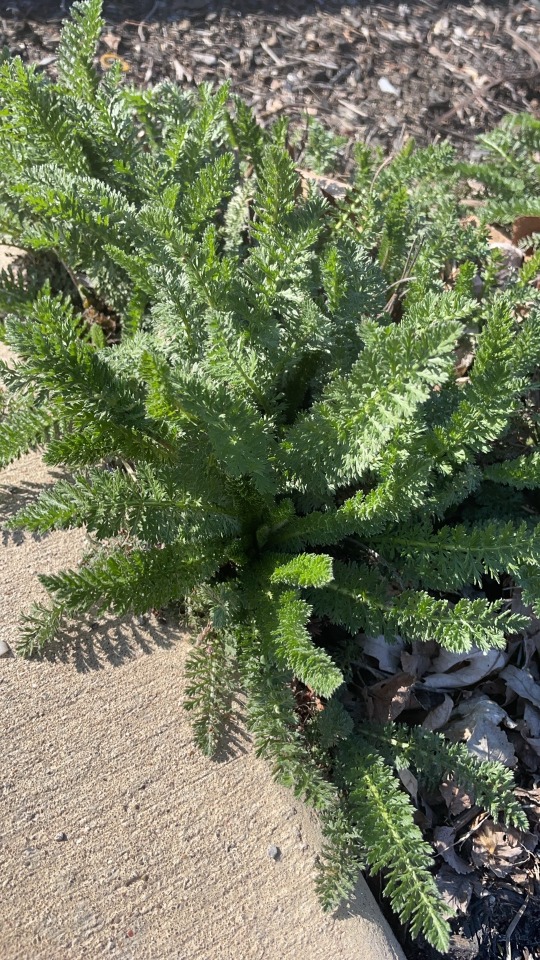
Stinging Nettle (Urtica dioica)
Purple Deadnettle (Lamium purpureum)
Common Yarrow (Achillea millefolium)
#alihartforages#foraging#forager#ground ivy#mullein#rough horsetail#purple Deadnettle#yarrow#common yarrow#stinging nettles#stinging nettle#nettles#nettle#queer forager#foragecore
2 notes
·
View notes
Text

It is spring and the creeping Charlie (tentative ID) is blooming in this person’s rocky front yard.
17 notes
·
View notes
Text

Oh to be a snail snuggled behind some flowers 💜
Plant pictured: Glechoma hederacea
#snail#plants#flowers#nature#nature photography#hobby photographer#plantblr#glechoma#ground ivy#purple flowers#wild flowers#my photo#spring#animal#blumen#pflanzen#gewöhnlicher gundermann#schnecke#frühling
4 notes
·
View notes
Photo

If you think all our gardens are manicured and weeded, absolutely not! I’ll be getting all this out to find the stuff that’s actually supposed to be here, but, we can appreciate the wildness for now. It emerged very quickly!
23 notes
·
View notes
Text
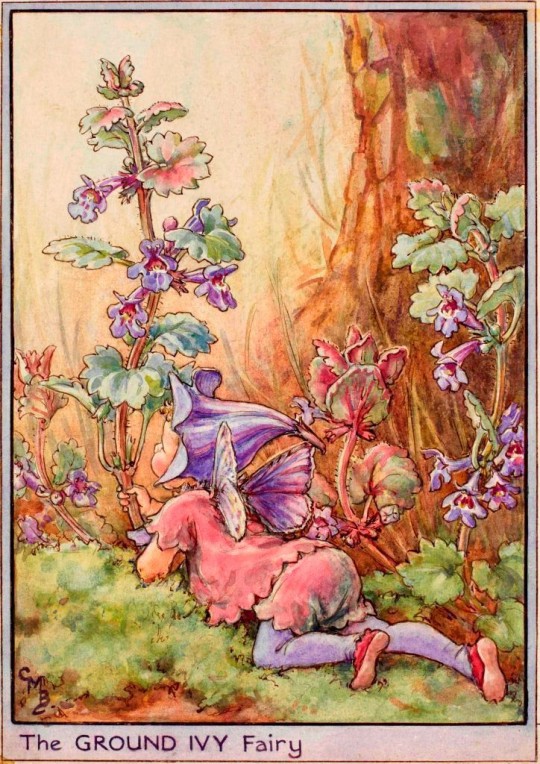


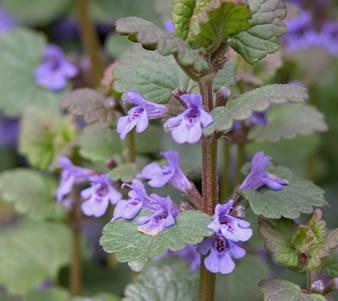
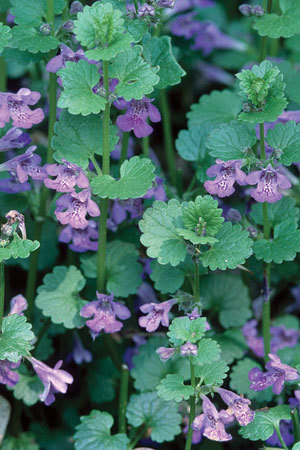
7 notes
·
View notes
Text
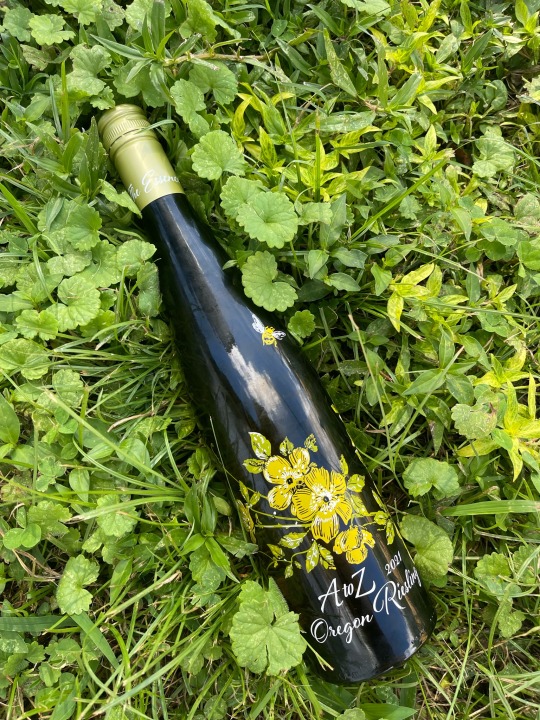
save the bees
#ground ivy#creeping Charlie#aiehoof#naturecore#witchcore#cottagecore#nature#forestcore#forest#nature hikes#springtime#nature photography#flowercore#nature trail#winter day#flowers#trees#countrycore#nature hike#spring#hikes#springcore#hike#save the bees#bees#bee#beecore#bee wine#wine#white wine
2 notes
·
View notes
Text
Plant Update - Identified!

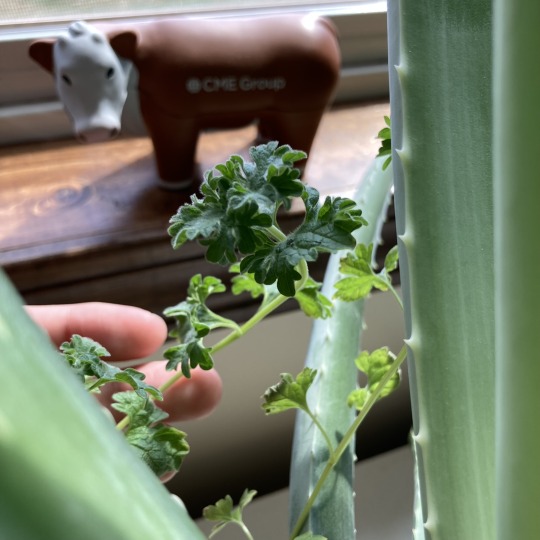
the weed in with my Aloe Plant? it's Creeping Charlie! it's a ground ivy that my parents have around their house which means that it's probably been sitting dormant in the soil for over a year
the absolute funniest part is that it popped up this summer around when roe v. wade was overturned and, according to google, Charlie here is an abortifacient. the universe really said "here are some options for you babe" and i just think that's great lmao
#will i ever shut up#unknown friend#creeping charlie#ground ivy#green thumb#indoor plants#(tho does this one count if he's not supposed to be indoors??)#plantblr#plant blog#also i'm pro-choice if that wasn't clear
1 note
·
View note
